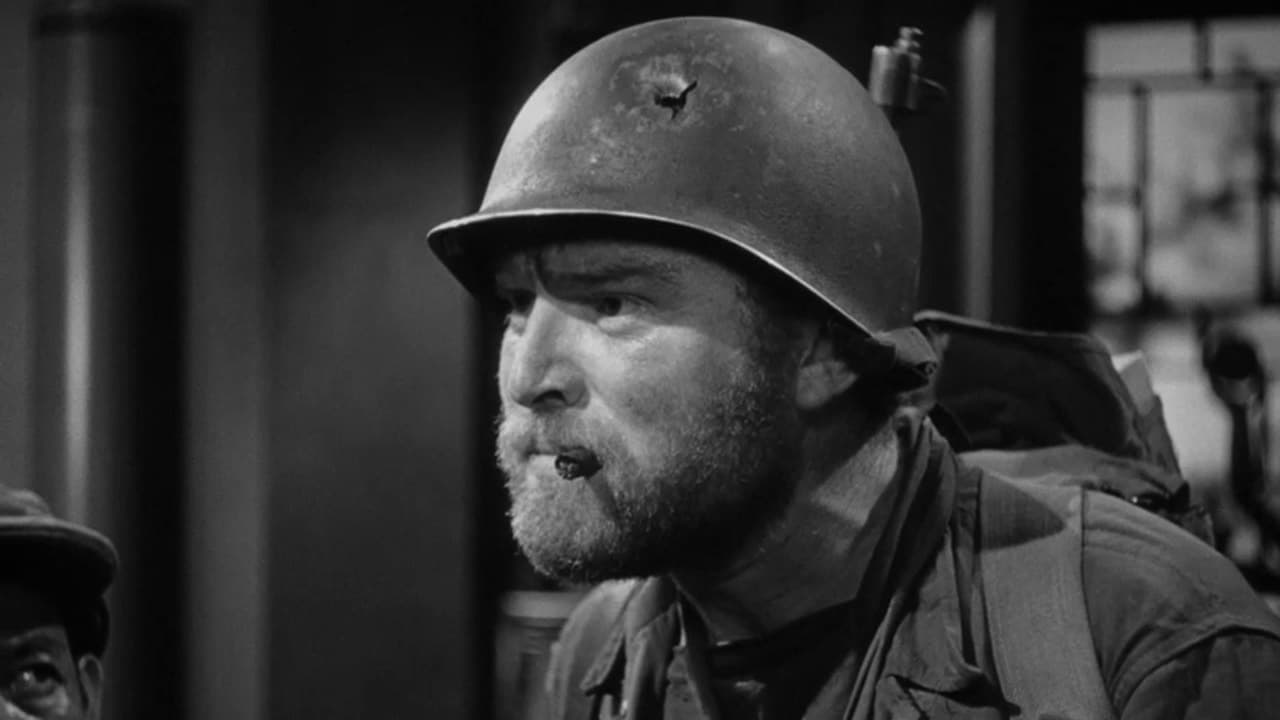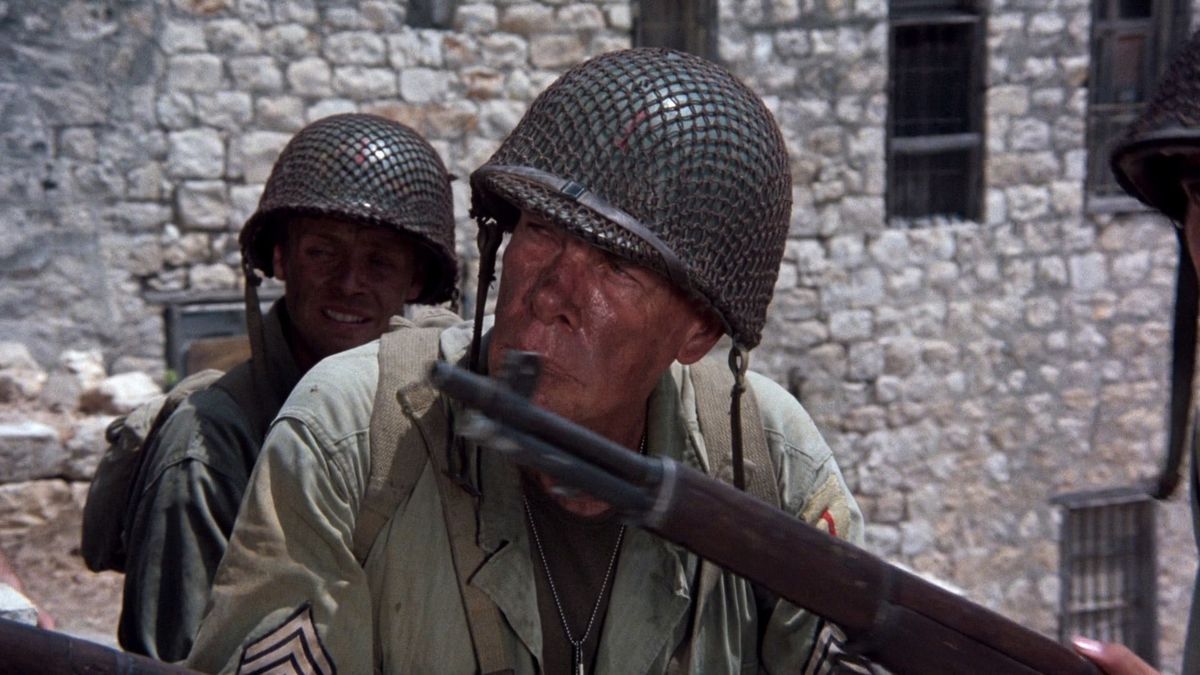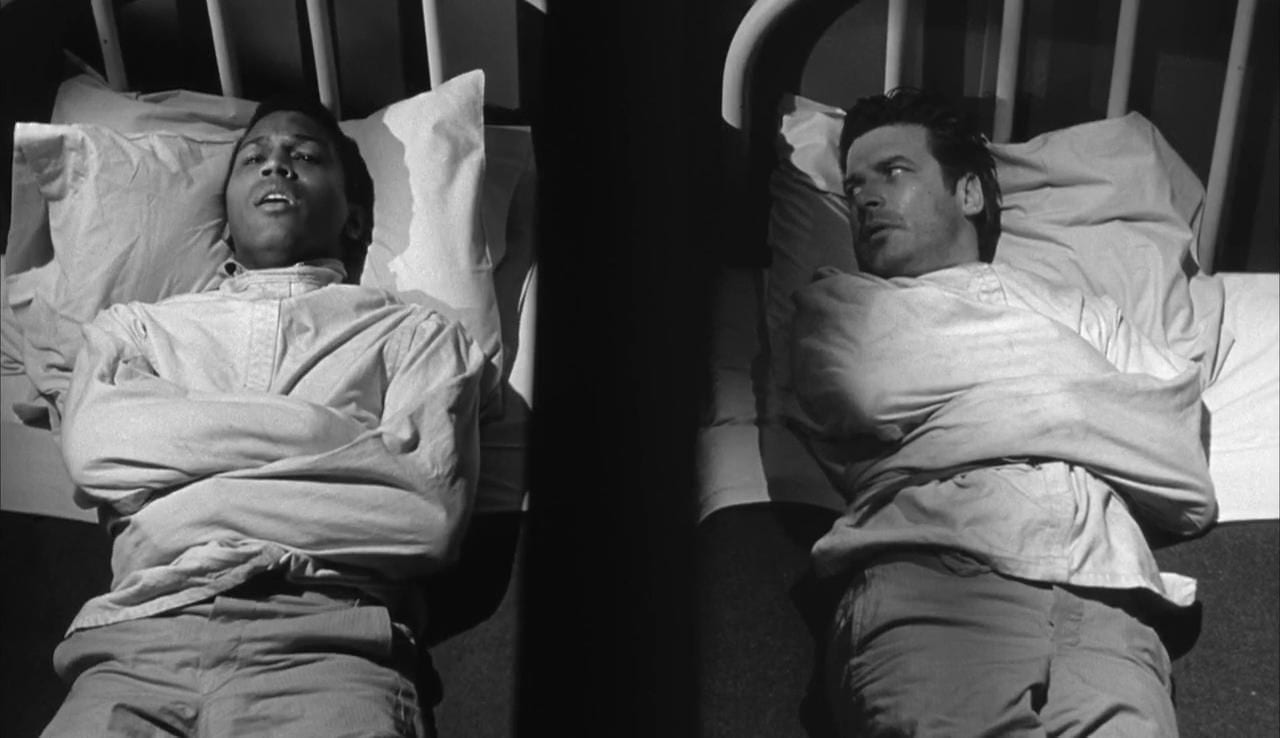Samuel Fuller, an audacious American auteur, is renowned for his raw and gritty filmmaking style. Primarily associated with war and crime films, his filmography exhibits a bold and uncompromising exploration of society, punctuated by intense performances and often-violent action sequences. Notable films such as The Big Red One and Pickup on South Street underscore Fuller’s capability to weave together compelling narratives rooted in personal experiences, particularly from his time as a war correspondent during World War II.
Fuller’s journey from a hard-nosed journalist to a celebrated filmmaker has profoundly influenced his storytelling approach. His narratives were direct, adopting a “just the facts” approach that mirrored his journalistic background. Despite the constraints of low-budget productions, Fuller turned these limitations into advantages, crafting distinctive and even idiosyncratic films. His ability to maintain a strong authorial voice within the confines of Hollywood makes him a definitive auteur filmmaker.
The Director of America’s Underbelly
His films were recognised for their forthright socio-political commentary, often tackling themes and issues that were considered controversial during his time. In White Dog, Fuller bravely tackled racism, while Park Row delved into the impact and ethics of media. Such boldness was a hallmark of Fuller’s work, characterised by punchy dialogue that held nothing back and action sequences that were as brutal as they were engaging.
Despite working within budget constraints, Fuller’s visual style was anything but constrained. He manipulated lighting, composition, and camera movements to create atmospheres brimming with tension and suspense. Moreover, he had a knack for delivering compelling performances from his cast, further enhancing the raw energy that was a signature of his films.
Overlooked during his career, Fuller’s work has since undergone a critical reevaluation and is now celebrated for its daring storytelling and forthright examination of American society. Filmmakers like Quentin Tarantino, Martin Scorsese, and Jean-Luc Godard have all cited Fuller’s impact on their work, testifying to his enduring legacy in cinema. His frequent cameo appearances in his own and others’ films, often portraying a journalist or filmmaker, serve as a charming reminder of his larger-than-life persona and uncompromising commitment to his craft.

Samuel Fuller (1912 – 1997)
Calculated Films:
- The Steel Helmet (1951)
- Pickup on South Street (1953)
- Forty Guns (1957)
- Underworld USA (1961)
- Shock Corridor (1963)
Similar Filmmakers






Samuel Fuller’s Films Ranked
1. Pickup on South Street (1953)
Genre: Film Noir, Political Thriller

2. Shock Corridor (1963)
Genre: Psychological Thriller, Mystery

3. Underworld USA (1961)
Genre: Crime, Gangster Film, Thriller, Neo-Noir

4. The Naked Kiss (1964)
Genre: Neo-Noir, Melodrama, Drama
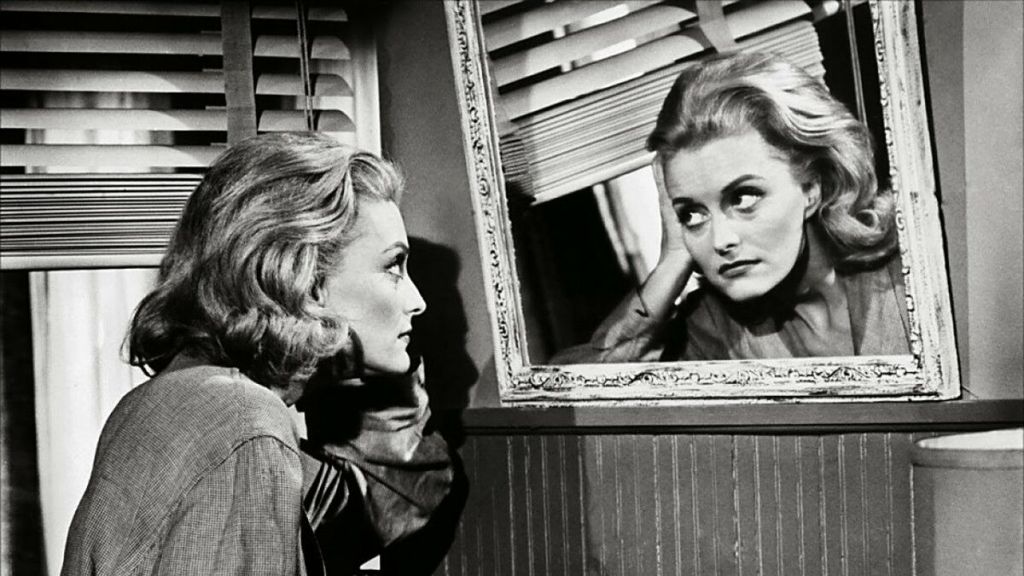
5. The Steel Helmet (1951)
Genre: War

6. Forty Guns (1957)
Genre: Western

7. The Big Red One (1980)
Genre: War, Drama

8. White Dog (1982)
Genre: Drama, Melodrama
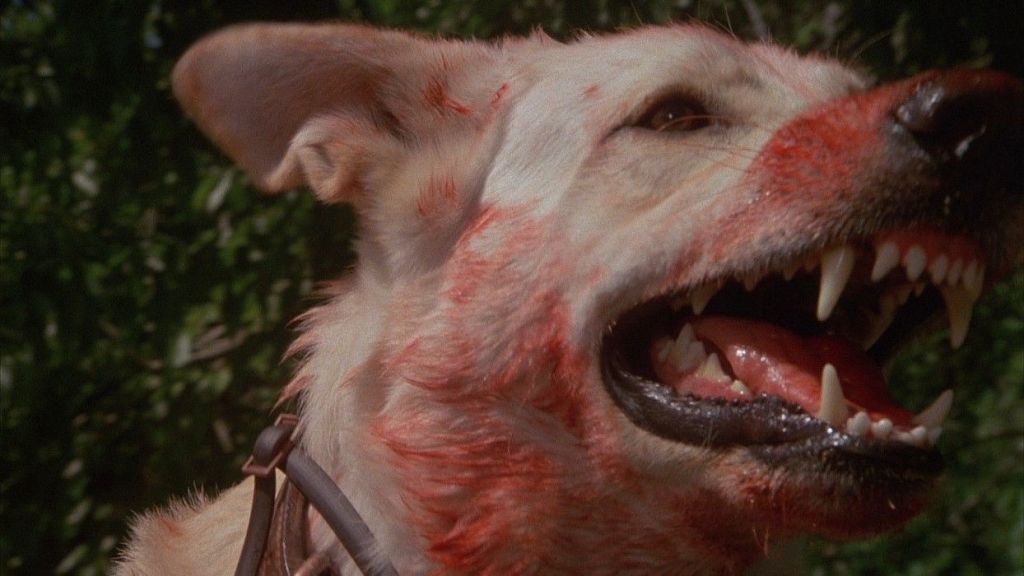
9. Park Row (1952)
Genre: Period Drama, Melodrama

10. House Of Bamboo (1955)
Genre: Gangster Film, Crime, Film Noir

Samuel Fuller: Themes and Style
Themes:
- War & Military Life: Fuller frequently explored the grim realities of war and military life, drawing from his own experiences as a soldier during World War II. His works often depict the psychological and physical toll that war inflicts on individuals and society.
- Media and Journalism: Fuller, a former crime reporter, often incorporated themes related to journalism and media, highlighting the tension between truth and sensationalism.
- American Society and Identity: He delved into the complexities and contradictions within American society, addressing issues such as racism, patriotism, and moral ambiguity.
- Crime and Punishment: Fuller’s films often explore the criminal underworld, with a particular focus on moral conflicts, redemption, and the blurred lines between good and evil.
Styles:
- Bold Visual Style: Known for his striking visual approach, Fuller utilised dynamic compositions, stark contrasts, and dramatic close-ups to heighten the emotional impact of his films.
- Narrative Efficiency: His storytelling was lean and efficient, often characterised by fast pacing, straightforward plots, and an emphasis on action and suspense.
- Expressionistic Techniques: Fuller often employed expressionistic elements, using visual and auditory techniques to convey the internal states of his characters.
- Genre Blending: He was adept at blending different genres, incorporating elements of war films, westerns, and film noir to create unique and engaging cinematic experiences.
Directorial Signature:
- Gritty Realism: Fuller’s films often possess a gritty, unvarnished quality, offering raw and uncompromising depictions of their subjects.
- Provocative Storytelling: He wasn’t afraid to tackle controversial or taboo subjects, often challenging audiences with subversive narratives and themes.
- On-location Filming: Fuller preferred shooting on location, seeking to imbue his films with a sense of authenticity and immediacy.
- Non-Traditional Casting: He often cast non-professional actors or those outside the Hollywood mainstream, contributing to the distinctive and unpredictable quality of his films.
- Personal Touch: Many of Fuller’s works reflect his own experiences and worldview, imbued with a personal touch that makes them distinctively “Fuller” in style and substance.
Samuel Fuller – The 197th Greatest Director
